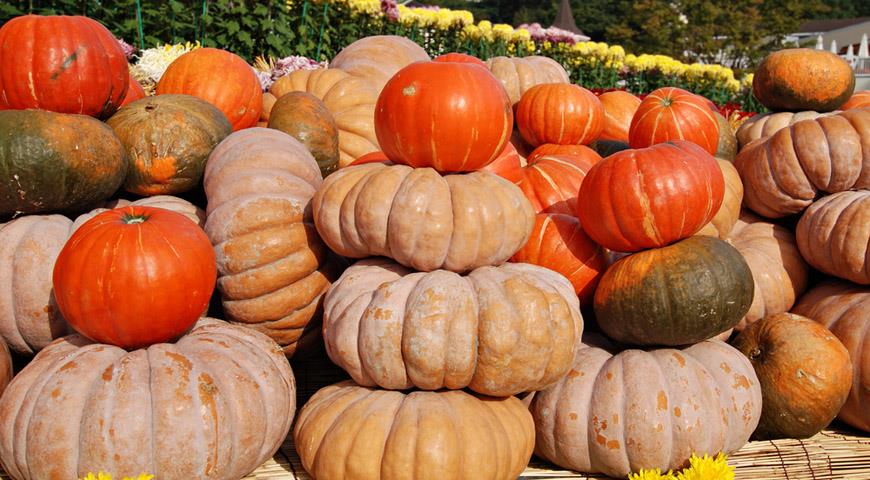INVESTIGATION OF THE DISTRIBUTION OF ELEMENTAL CONTAMINANTS IN VARIOUS MORPHOLOGICAL PARTS OF THE PUMPKIN BY INDUCTIVELY COUPLED PLASMA MASS SPECTROMETRY
UDC 504.054:58.02:615.074
Abstract
The main purpose of the investigation was to compare by inductively coupled plasma mass spectrometry the accumulation of elemental contaminants Al, As, Cd, Co, Cr, Cu, Fe, Hg, Mn, Mo, Ni, Pb, Sr, Tl, V, Zn in the row roots - stems - leaves - peel - pulp - pumpkin seeds. It was found that Hg and Tl are absent in all objects of research at a level of sensitivity of the method. According to the degree of extraction by pumpkin roots from the soil the elements are arranged in the following order: Cd<Pb<Mn<Sr<Cr<As<Ni<Zn<Co<Cu<Fe<Al<Mo<V. V, Mo, Al, Fe are most vigorously accumulated by the roots, the average value of the bioconcentration factor of these elements is more than 100. It was found that pumpkin can limit entry of toxic and potentially carcinogenic elements into aboveground organs by accumulating them mainly in the roots. Values of the element’s translocation factors Al, As, Cd, Cr, Co, Ni, Pb, V for the stems, peel, pulp and seeds of pumpkin irrespective of the places of collection are less than 1, which means that a barrier type of accumulation is characteristic for the studied elements. It is concluded that pumpkin is an expeller of these elements and possesses protective mechanisms preventing their entry from the root system into the above-ground organs of the plant. The highest transport mobility belongs to Zn, its concentration in the seeds is higher than in other above-ground parts of the pumpkin. On this basis pumpkin seeds are recommended for use as a bioactive supplement. Species of pumpkins influence the distribution of the studied elements in the above-ground parts of this plant.
Downloads
Metrics
References
Ovsiyenko S.V., Shchukin V.M., Blinkova Ye.A., Kuz'mina N.Ye. Vedomosti Nauchnogo tsentra ekspertizy sredstv meditsinskogo primeneniya. Regulyatornyye issledovaniya i ekspertiza lekarstvennykh sredstv, 2022, vol. 12, no. 1, pp. 41–55. DOI: 10.30895/1991-2919-2022-12-1-41-55. (in Russ.).
Ovsiyenko S.V., Kuz'mina N.Ye., Shchukin V.M., Blinkova Ye.A. Vedomosti Nauchnogo tsentra ekspertizy sredstv meditsinskogo primeneniya. Regulyatornyye issledovaniya i ekspertiza lekarstvennykh sredstv, 2022, vol. 12, no. 2, pp. 149–160. (in Russ.).
Ovsiyenko S.V., Kuz'mina N.Ye., Shchukin V.M., Blinkova Ye.A. Khimiko-farmatsevticheskiy zhurnal, 2022, vol. 56, no. 10, pp. 39–43. (in Russ.).
Perez Gutierrez R.M. Medicinal Chemistry, 2016, vol. 6, no. 1, pp. 12–21.
Assessment report on Cucurbita pepo L., semen. European Medicines agency. Committee on Herbal Medicinal Prod-ucts (HMPC), 2012.
Dorić M., Vidaković S., Kraljić K., Škevin D., Drakula S., Ćurić D. Journal of Food Process Engineering, 2019, vol. 42, no. 8, e13300. DOI: 10.1111/jfpe.13300.
Salehi B., Capanoglu E., Adrar N., Catalkaya G., Shaheen S., Jaffer M. Molecules, 2019, vol. 24, no. 10, 1854. DOI: 10.3390/molecules24101854.
Lim T.K. Edible Medicinal and Non-medicinal Plants. Netherlands: Springer Science+Business Media, 2012, vol. 2. DOI: 10.1007/978-94-007-1764-0_40.
Vahlensieck W., Theurer C., Pfitzer E., Patz B., Banik N., Engelmann U. Urologia internationalis, 2015, vol. 94, no. 3, pp. 286–295. DOI: 10.1159/000362903.
Schulz V., Hänsel R., Blumenthal M., Tyler V.E. Rational Phytotherapy: A Reference Guide for Physicians and Phar-macists. Springer Science & Business Media, 2004.
Muchemi G.N., Wanjau R.N., Murungi I.J., Njue W.M. African Journal of Food Science, 2015, vol. 9, no. 8, pp. 441–447. DOI: 10.5897/AJFS2015.1333.
Spasov A.A., Iyozhitsa I.N., Gurova N.A., Ivakhnenko I.V. Novyye lekarstva i novosti farmakoterapii, 2002, vol. 13, no. 1, pp. 27–40. (in Russ.).
Glew R.H., Glew R.S., Chuang L.T., Huang Y.S., Millson M., Constans D. Plant foods for human nutrition, 2006, vol. 61, no. 2, pp. 49–54. DOI: 10.1007/s11130-006-0010-z.
Dottoa J.M., Chacha J.S. Scientific African, 2020, vol. 10, e00575. DOI: 10.1016/j.sciaf.2020.e00575.
Larionov M.V., Larionov N.V. Vestnik Orenburgskogo gosudarstvennogo universiteta, 2010, no. 1 (107), pp. 110–114. (in Russ.).
Mazhayskiy Yu.A., Torbatov S.A., Dubenok N.N., Pozhogin Yu.P. Agroekologiya tekhnogenno-zagryaznennykh landshaftov. [Agroecology of technogenically polluted landscapes]. Smolensk; Madzhenta, 2003, 384 p. (in Russ.).
Il'in V.B. Tyazhelyye metally v sisteme pochva – rasteniye. [Heavy metals in the soil-plant system]. Novosibirsk, 1991. (in Russ.).
Shchukin V.M., Zhigiley Ye.S., Yerina A.A., Shvetsova Yu.N., Kuz'mina N.Ye., Luttseva A.I. Khimiko-farmatsevticheskiy zhurnal, 2020, vol. 54, no. 9, pp. 57–64. DOI: 10.30906/0023-1134-2020-54-9-57-64. (in Russ.).
Kuznetsov A.M., Fesyun A.P., Samokhvalov S.G., Makhon'ka E.P. Metodicheskiye ukazaniya po opredeleniyu tya-zhelykh metallov v pochvakh sel'khozugodiy i produktsii rasteniyevodstva. [Guidelines for the determination of heavy metals in agricultural soils and crop production]. Moscow, 1992. (in Russ.).
Yadav R., Singh S., Kumar A., Singh A.N. Cost Effective Technologies for Solid Waste and Wastewater Treatment. Elsevier, 2022, pp. 179–208. DOI: 10.1016/B978-0-12-822933-0.00008-5.
Gajić G., Mitrović M., Pavlović P. Phytoremediation Potential of Perennial Grasses. Elsevier, 2020, pp. 115–164. DOI: 10.1016/B978-0-12-817732-7.00006-7.

Copyright (c) 2023 chemistry of plant raw material

This work is licensed under a Creative Commons Attribution 4.0 International License.

This work is licensed under a Creative Commons Attribution 4.0 International License.
The authors, which are published in this journal, agree to the following conditions:
1. Authors retain the copyright to the work and transfer to the journal the right of the first publication along with the work, at the same time licensing it under the terms of the Creative Commons Attribution License, which allows others to distribute this work with the obligatory indication of the authorship of this work and a link to the original publication in this journal .
2. The authors retain the right to enter into separate, additional contractual agreements for the non-exclusive distribution of the version of the work published by this journal (for example, to place it in the university depository or to publish it in a book), with reference to the original publication in this journal.
3. Authors are allowed to post their work on the Internet (for example, in a university repository or on their personal website) before and during the review process of this journal, as this may lead to a productive discussion, as well as more links to this published work.











